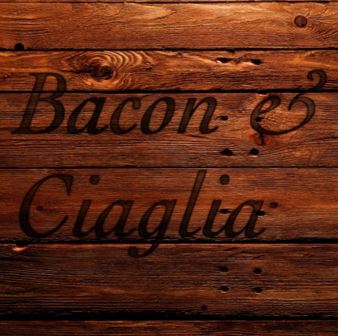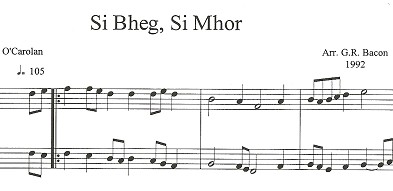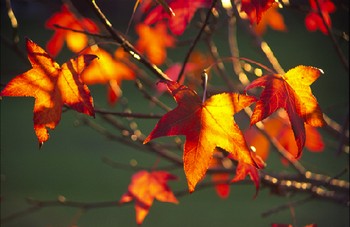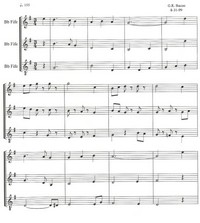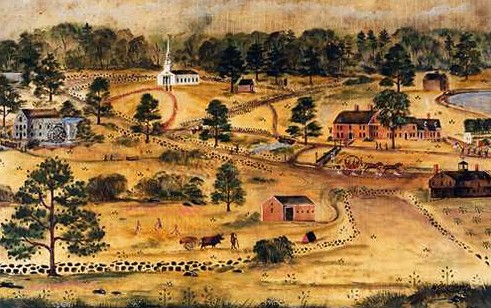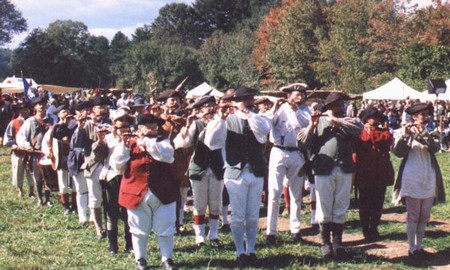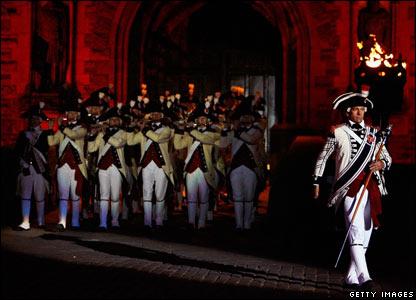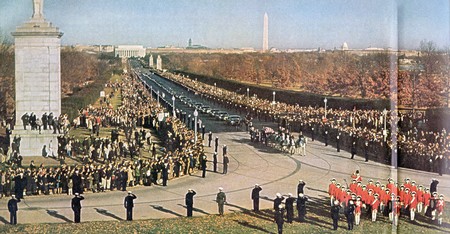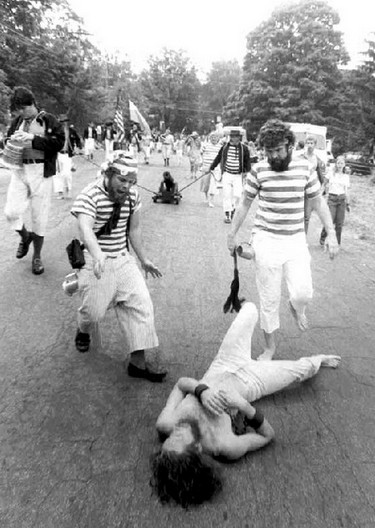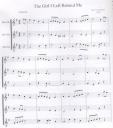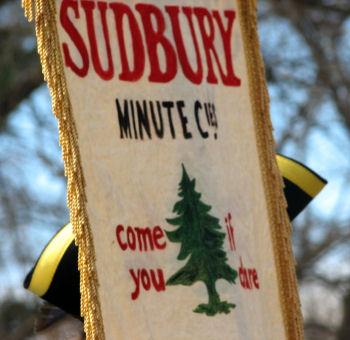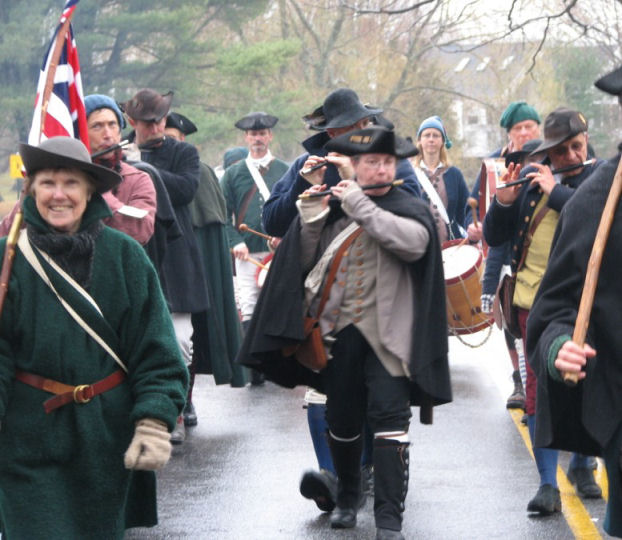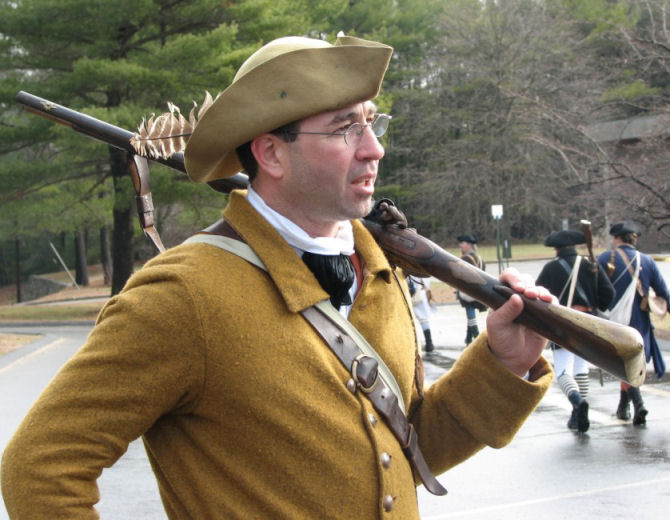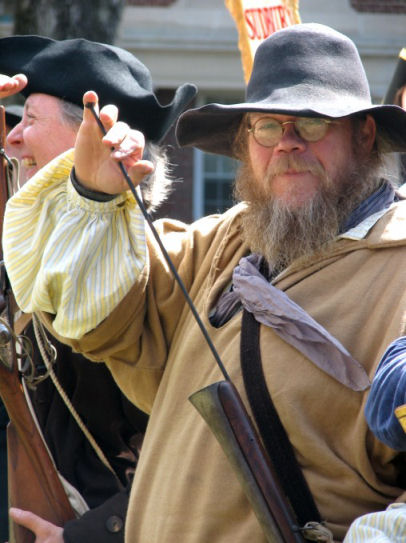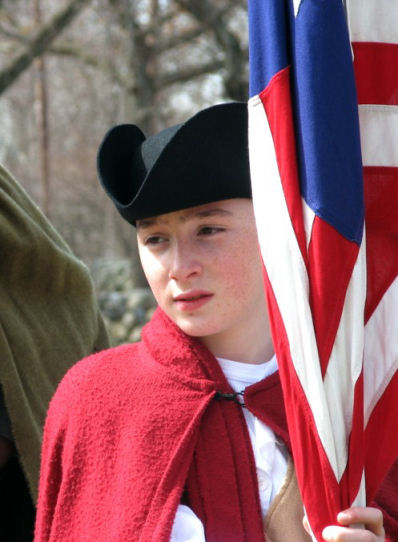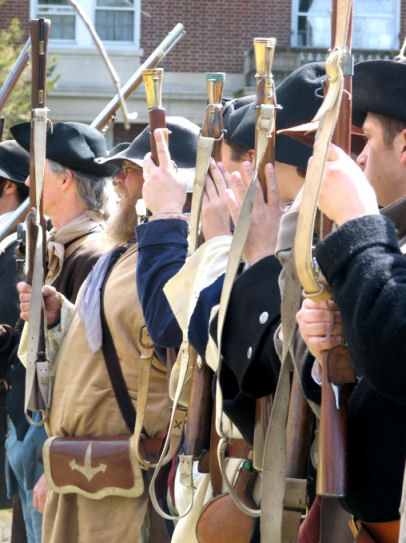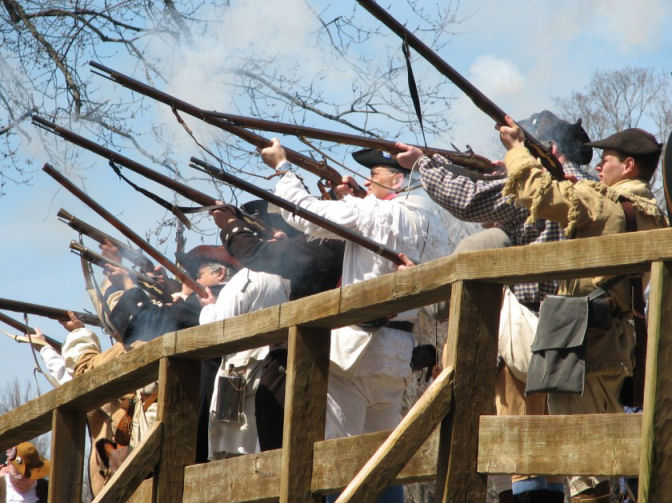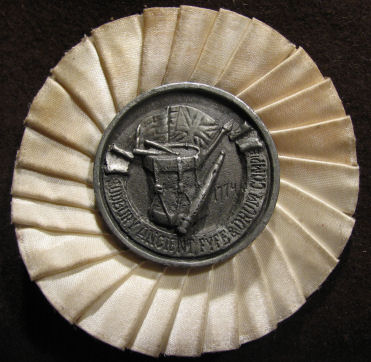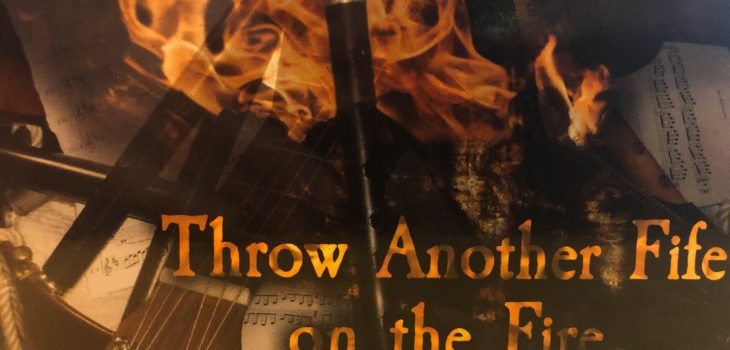 album
album
Album Review – Throw Another Fife on the Fire
I’ve been waiting for an album like this for a long time. In the music industry they say that the best records have great performances of great material, with great engineering. If you nail those three things, you’ve got a winner. Throw Another Fife on the Fire, an album by a group called Confluence, checks off all these boxes masterfully.
I received my copy today, rushed home from work, and queued it up in my studio, where I can hear every glorious detail sparkling through the monitors.
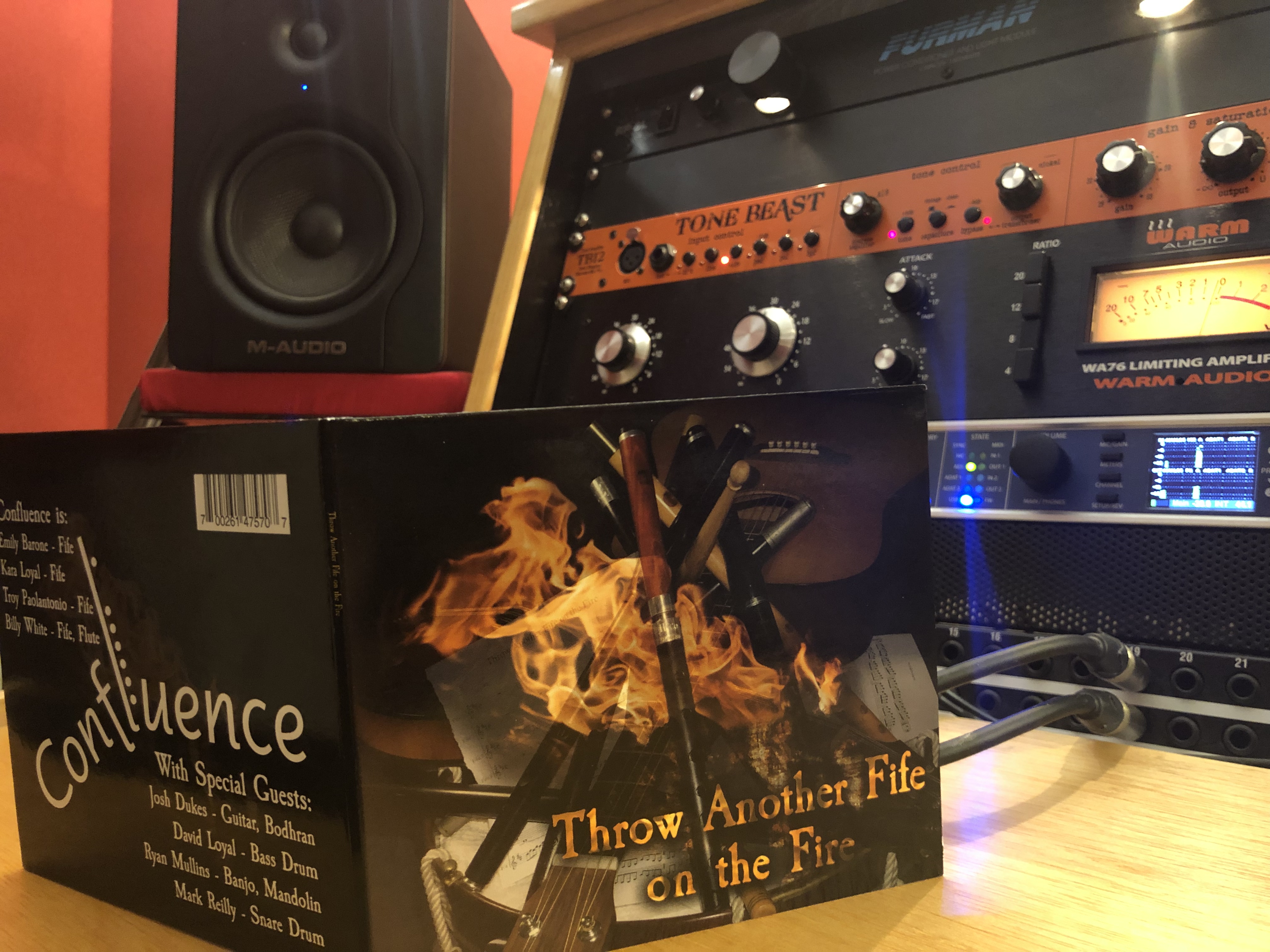
The album is centered around the alluring fifing of Billy White, Kara Loyal, Emily Barone, and Troy Paolantonio. Anyone who has ever heard a fife knows how harsh an instrument it can be in the hands of the less experienced. Fortunatley the fifing on this album is not being performed by the less experienced. Instead, they are professionals in the truest sense, and the tonal quality of every track is lush and beautiful. Sometimes it is bright and happy, other times it is haunting and dark, but alway smooth, clean, and effortlessly performed. And for recording geeks like me, it is impeccably engineered.
The first track, which includes the classic Hey! Johnnie Cope Are You Waukin’ Yet?, might lead you to believe that this will be a traditional fife and drum album, something you might expect from the United States Army Old Guard Fife & Drum Corps. But I believe it is a well placed trap, as the performers are all present or past members of the illustrious aforementioned organization.
One measure into the fife duet of track two, performed by the very talented Billy White and Kara Loyal, will quickly have you rethinking what you thought this album was going to be. The track, entitled A Team, and many others, were written by Billy White. The duet, which starts off lively and in a minor key, has three movements, including a lovely melancholy second movement. The structure of the melodies, harmonies and movements immediately sets it apart from the traditional structures of fife music.
Track three takes another left turn down a moss covered cobble stone street leading you to a cozy pub, maybe in County Clare, where a guitar provides a heartbeat intro for a slow jig called Home Alone. The guitar, performed by Josh Dukes, who is one of the few Americans to win an All-Ireland championship on the instrument, compliments the jig with a perfectly understated rhythm. Josh’s talents appear throughout the album, including a swift reel where the tonal quality of his guitar is reminiscent of the great guitarist, John Doyal.
The space that is carved out in the first three tracks allows the musicians to explore a vast array of musical styles from Celtic, to Bluegrass, to Classical, and even a mixed meter Jazz oriented tune, that I admittedly wrote twenty-five years ago. The performers deftly weave these styles together into a mesmerising tapestry that anyone would want to hang on their wall. Each track has its unique charm, and new musicians and new instruments are introduced throughout, all anchored by the fife. Have you heard a five string banjo or mandolin on a fife album before? You will on this album, and they’re performed by a seasoned master, Ryan Mullins. The color that his bluegrass-style playing brings to the album is undeniably gorgeous. His playing on The Eighteenth of December compliments the fife like a warm summer day.
Are there drums, you might be wondering? Yes, and they are brilliant. Dave Loyal and Mark Reilly have created beautiful tension, in a tune called Evil Olive, which loops back onto itself like a palindrome. Each track they are on is flawless, crisp, and well crafted.
In addition to Kara and Billy on the fifes, there is Emily Barone and Troy Paolantonio, who come to the fife through years of classical training the flute. Both are incredibly accomplished musicians with a long string of accolades, and both bring a sensibility to the fife that is essential for the complex material presented on this album. Their energy shines through on every duet, trio, and quartet they perform.
The album rounds out the way it began, with a nod to tradition. But this album also builds on the tradition of fifing and illustrates how a well placed guitar, banjo, or mandolin can bring something new to a musical form that is hundreds of years old. It is a grand addition to the catalog of fife and drum albums. It makes me happy, as good music should, and will get many rotations in my house.
You can find Throw Another Fife on the Fire on CD Baby.

